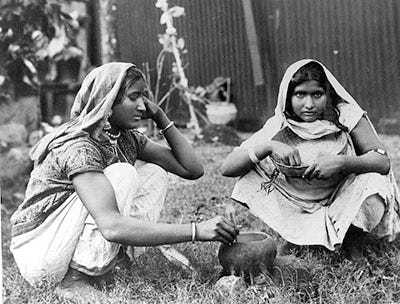How Indian Indentured Servants Shaped Trinidad and Tobago
Words by Melissa D. Goolsarran Ramnauth, Esq.
Welcome to the Brown History Newsletter. If you’re enjoying this labour of love, please do consider becoming a paid subscriber. Your contribution would help pay the writers and illustrators and support this weekly publication. If you like to submit a writing piece, please send me a pitch by email at brownhistory1947@gmail.com. Don’t forget to check out our SHOP and our PODCAST. You can also follow us on Instagram and Twitter.
How Indian Indentured Servants Shaped Trinidad and Tobago by Melissa D. Goolsarran Ramnauth, Esq.
May 30th is recognized as Indian Arrival Day in Trinidad and Tobago. It honors the day that the first set of Indian indentured servants arrived in Trinidad on May 30, 1845 on the ship, The Fatel Razak.
Recognizing these dates is important because it is not easy to learn this history. I grew up in Miami. They didn’t teach us the history of India, or Trinidad, or Indian indentured servants in Trinidad. My grandparents didn’t know much and my parents knew even less. Our parents, grandparents, and ancestors were preoccupied working in the fields and migrating to new countries for a better life. Their schooling and access to books were often limited. This is the predicament of nearly all of us in the diaspora.



